Top 8 Longest Rivers in Kenya
The vast highlands of Kenya serve as catchment areas for the country's numerous rivers. The country is also one of 11 countries that share the Nile River's ... read more...waters. The rich flora and fauna that the country's rivers support along their journey are of significant ecological worth.
-
The Nile river, which runs for 4,258 miles through eleven countries, is widely regarded as the world's longest river. It is Sudan's main supply of water. Its two main tributaries, the Blue and White Niles merge in Khartoum and run north to Lake Nubia, also known as Lake Nasser on the Egyptian side of the border. The White Nile, which originates in central Africa and flows 2,299 miles through five nations before reaching Sudan, is significantly longer. The Blue Nile starts in Ethiopia and runs for 901 kilometers before merging with the White Nile. The Nile's tributaries include the 500-mile Atbarah, 398-mile Barka, 300-mile Dinder, and 137-mile Angareb rivers.
The Nile travels across Sudan in a unique route. Between Aswan and Sabaloka, it passes through six groups of cataracts before turning south and heading north toward Egypt. As it reaches the Sudanese border, the river enters Lake Nubia, also known as Lake Nasser in Egypt.
Length: 4,258 miles (shared with 10 other countries)
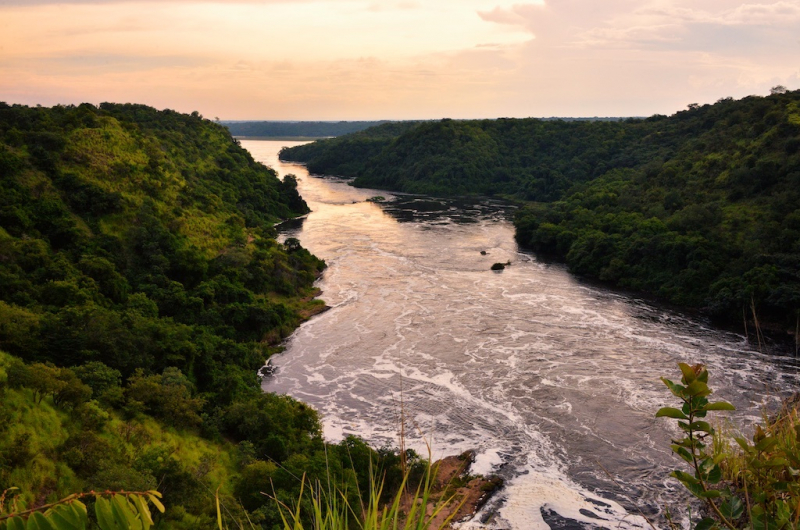
en.wikipedia.org/wiki/Nile 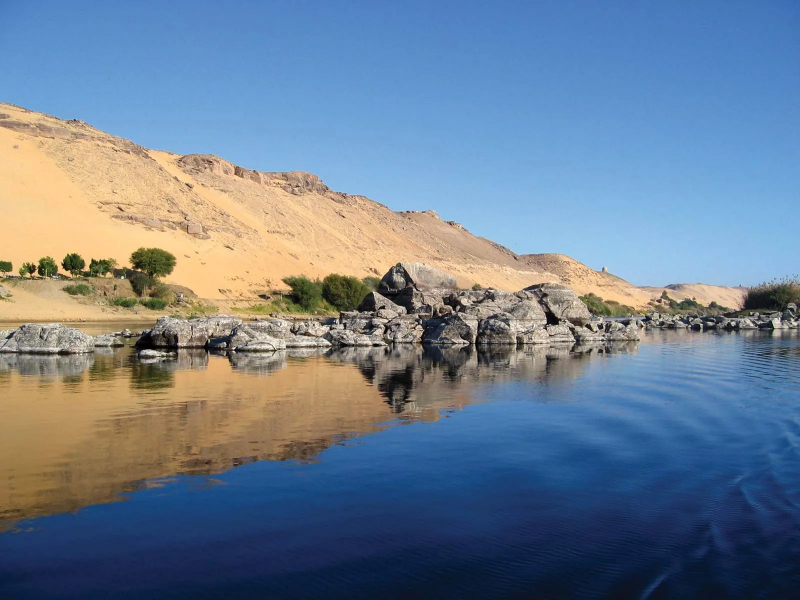
https://www.britannica.com/ -
From the Aberdare Mountains to the Indian Ocean, the River Tana runs for 621 kilometers. As it winds its way to the sea, the River Delta supports a diverse range of habitats, including mangroves, palm savanna, grasslands, woodland areas, and sand dunes. The river has been important for fishing and as a water source since ancient times, and modern advances have permitted irrigation, hydro-electric power generation, and small-scale shipping. Water birds such as ibises, egrets, and geese use the river as a breeding ground. In the river's ecosystems, the endangered Malindi Pipit and Basra Reed-warbler bird species have been seen.
The river is an important part of the Tana Delta, and it is home to crocodiles, hippopotamuses, monkeys, and turtles. Agricultural projects, deforestation, which continues to generate sedimentation in the river, and the expansion of tourism infrastructure all pose serious threats to the river. The river is insufficiently protected from these hazards, and conservation efforts are limited, as seen in the Tana River Primate Reserve.
Length: 621 miles
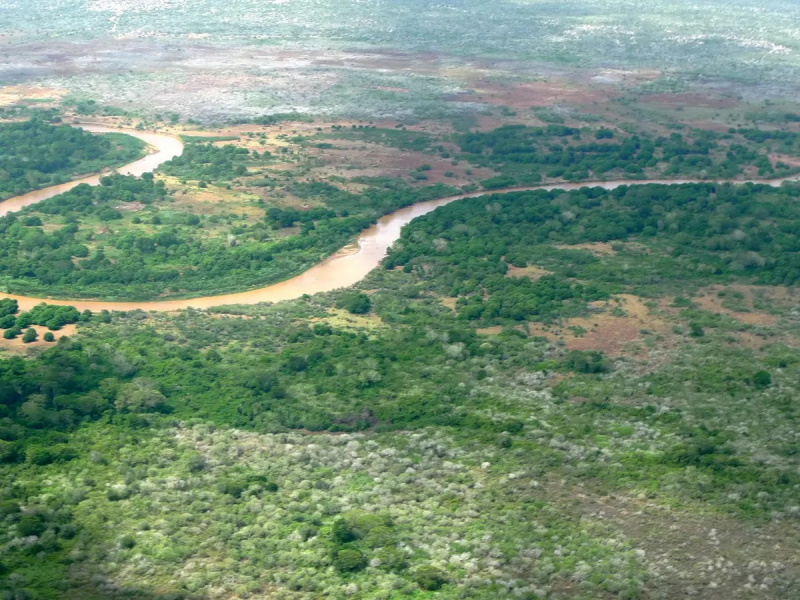
https://www.theguardian.com/ 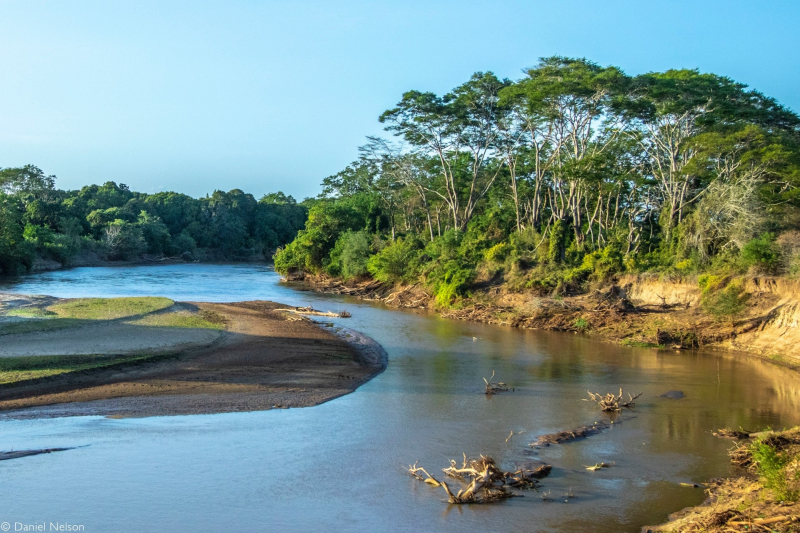
https://africageographic.com/ -
The Ewaso Ng'iro River is a Kenyan river that originates on the west slope of Mount Kenya and runs north, east, and eventually south-east, passing through Somalia before joining the Jubba River. The Ewaso Ng'iro River's upper basin covers 15,200 square kilometers.
The Ewaso Ng'iro River flows for 435 miles from its source in Mount Kenya, eventually joining the Jubba River in Somalia. Elephants, buffalo, rhinos, cheetahs, leopards, and zebras are among the animals that live along the river's banks. The Lewa Conservancy and the Samburu Game Reserve, both near Isiolo, were established to safeguard the endangered animals. However, the river has been harmed by the degradation of its catchment lands.
Droughts in recent years have taken their toll on the river's water supply. Proposed development projects have also sparked environmental worries about the river's ecosystem's long-term viability. The river has also become a focal point in tribal conflicts, particularly between populations in the Samburu and Isiolo regions.
Length: 435 miles
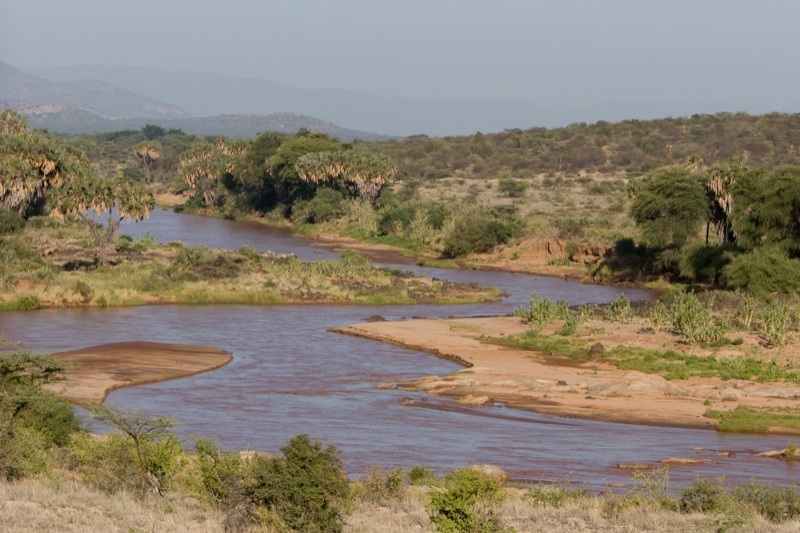
https://en.wikipedia.org/ 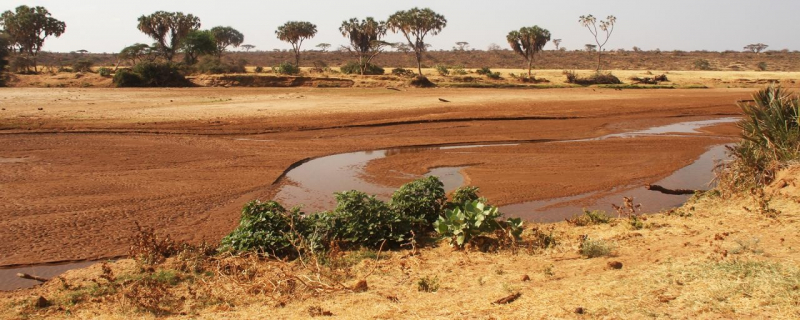
https://www.exploring-africa.com/ -
The Dawa river is located in East Africa and spans 58,961 km2. It passes through three major countries: Kenya, Ethiopia, and Somalia, with Ethiopia receiving 81 percent of the flow. Because of the river's proximity to various volcanic-tectonic processes, it has a complex geological environment, as seen by its diversified lithology and structural framework. The river's exposed bedrock has mild slopes on both sides. The Dawa river flows south-east, forming part of the Ethiopia-Somalia and Ethiopia-Kenya borders. The only notable off-flowing rivers to Dawa are the Awata, Digati, and Mormora.
A number of seasonal rivers and streams pour into the Dawa River, which is home to thousands of animals and plants. The riverine forest's largest trees are found along the Dawa River's lower reaches. The riverbank is mostly covered in Ficus capreaefolia shrubs, whereas the wachile plain is mostly covered in bushes and thickets. During the long dry season, most fauna is rare, resulting in plentiful and noticeable plants such as Acokanthera schimperi, Dobera glabra, Euclea racemosa schimperi, and Salvadora persica. As a result of the crops being too dry to grow over the extended dry season, the Borena people have developed talents in raising cattle and sheep.
Length: 280 miles (shared with Ethiopia and Somalia)
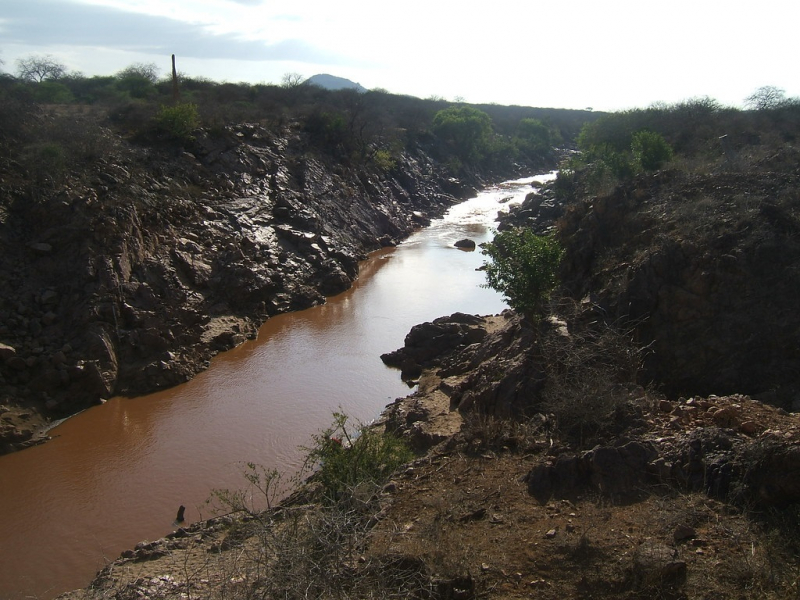
https://www.flickr.com/ 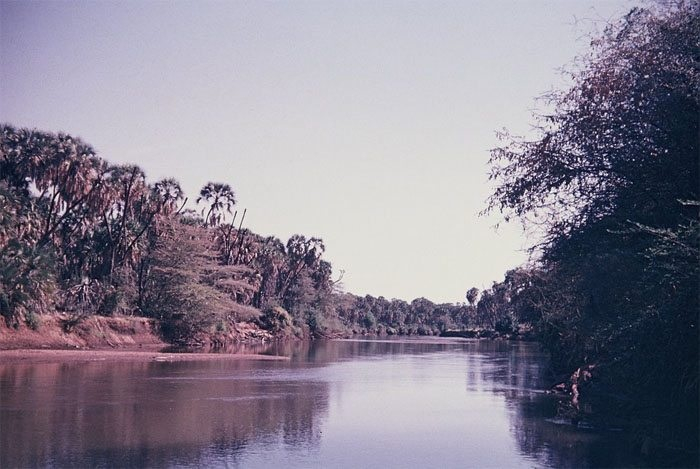
https://constructionreviewonline.com/ -
Mara river flows through the Maasai Mara/Serengeti habitat, beginning in Narok County and ending in Mara Region. It crosses the migration path of ungulates. The Mara River basin spans 13,504 square kilometers, with around 65 percent of it in Kenya and 35 percent in Tanzania. The river travels for roughly 395 kilometers from its origins in the Kenyan highlands to Lake Victoria, where it springs from the Mau Escarpment. In general, the basin can be divided into four land use and/or administrative entities.
Because the Mara river basin is one of ten drainage basins that feed into Lake Victoria, it is functionally and environmentally linked to the socio-economic activity in Lake Victoria and along the Nile River.
The river provides an important supply of water for the reserve's grazing animals. Although it may appear shallow during the dry season, it can grow to twice its regular size after heavy rain. This may cause river rapids, resulting in a food shortage for predators unable to cross the river to hunt.
Length: 245 miles (shared with Tanzania)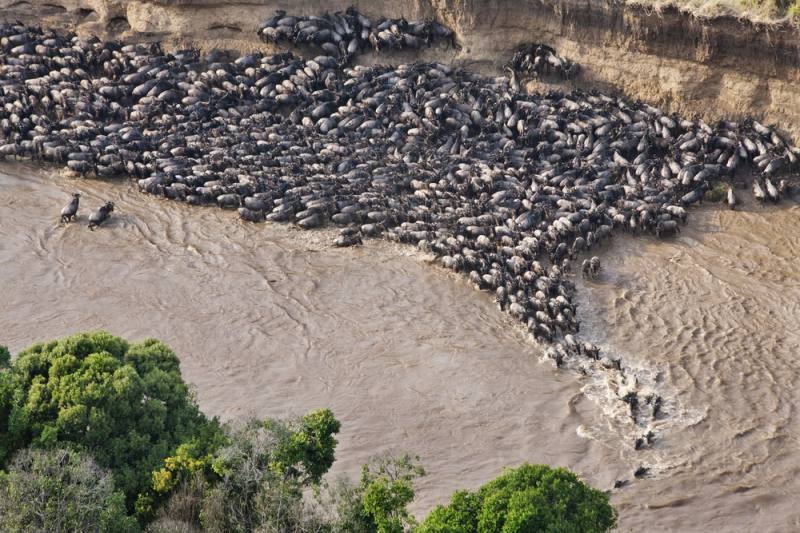
https://wwf.panda.org/ 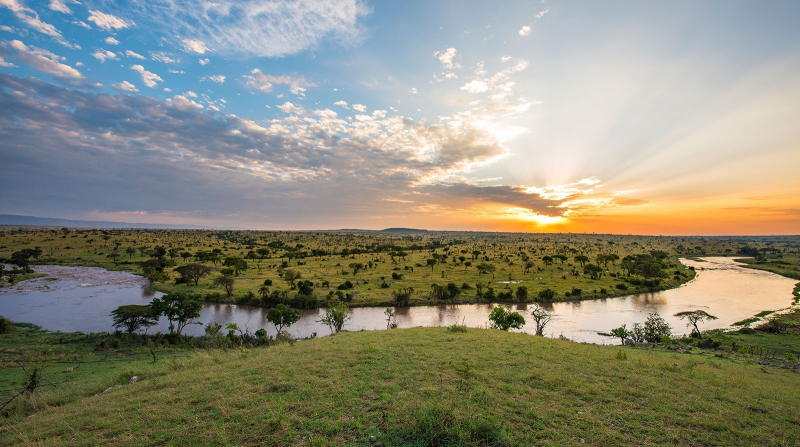
https://www.mara-river-post.com/ -
The Athi-Galana-Sabaki River is 242 miles long and drains a total area of 70,000 square kilometers. The Athi River originates in the Gatamaiyo Forest and flows into the Indian Ocean as the Galana River.
The Athi River travels through Athi River town, past the Kapote and Athi plains, and then to the northeast, where it meets the Nairobi River. The river generates the Fourteen Falls near Thika and then bends south-southeast under the forested slopes of the Yatta mountain, which closes in the river's basin on the east. Apart from the numerous tiny feeders of the upper river, the Tsavo River, which flows from Kilimanjaro's east slope and enters at roughly 3° S, is the river's practically sole tributary. It then turns east and becomes the Sabaki River in its lower reaches, through the arid quartz-land of the outer plateau.
During the wet season, the valley is low and flat, covered with forest and scrub, and has small lakes and backwaters connected to the river. The river swells up to 10 meters in parts during the wet season, and it is currently strongly running with a muddy yellow color; navigation is disrupted by the Lugard falls, which are actually a series of rapids. It enters the Indian Ocean 10 kilometers north of Malindi, flowing east.
Length: 242 miles
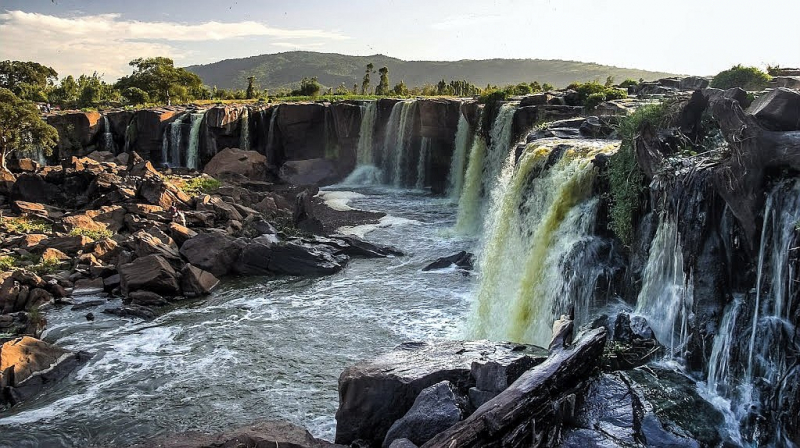
https://kenyaholidays.altervista.org/ 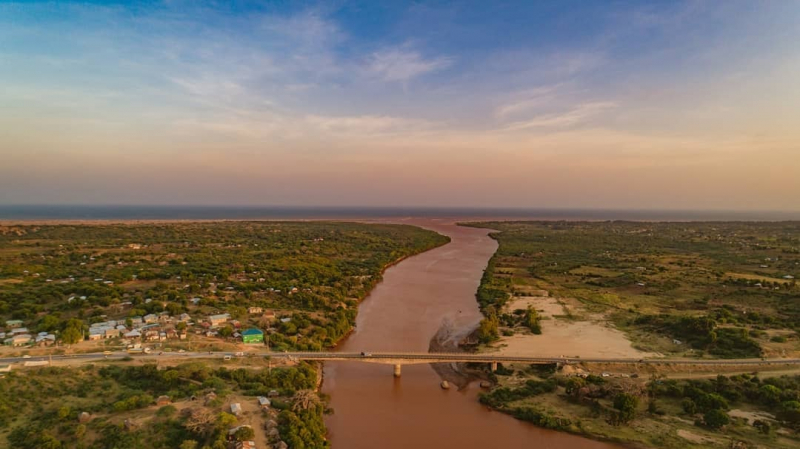
facebook.com/folklorefilmsltd/?__tn__=-UC*F -
The Turkwel River flows from Mount Elgon, on Kenya's border with Uganda, to Lake Turkana. From its source to the Kenyan border in West Pokot County, the river is known as the Suam River. Turkwel is derived from Tir-kol, the Turkana word for the river, which means "withstands the wilderness" The Turkwel originates on Mount Elgon's lush green slopes and the Cherangani Hills, then passes across the Southern Turkana Plains, crossing the Loturerei Desert near Lodwar, and empties into Lake Turkana, the world's largest desert lake. The river's flow varies annually, and flash floods can occur during the wet season.
The controversial Turkwel Dam was constructed by the Kenyan government with the help of France from 1986 to 1991. The goal was to harness the Turkwel's waters. The project was expected to cost 4 billion Kenyan shillings, but it ended up costing more over 20 billion. The Turkwel Gorge Reservoir was constructed when the dam partially filled the Turkwel Gorge.
Length: 211 miles (shared with Uganda)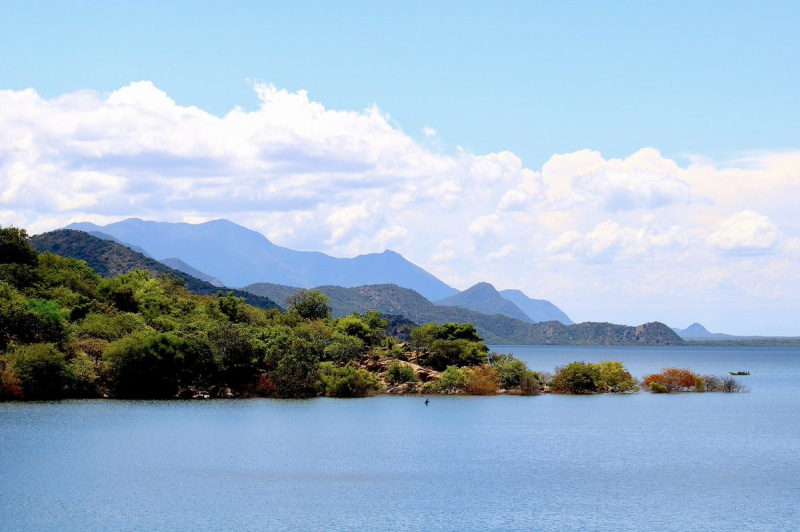
https://paukwa.or.ke/ 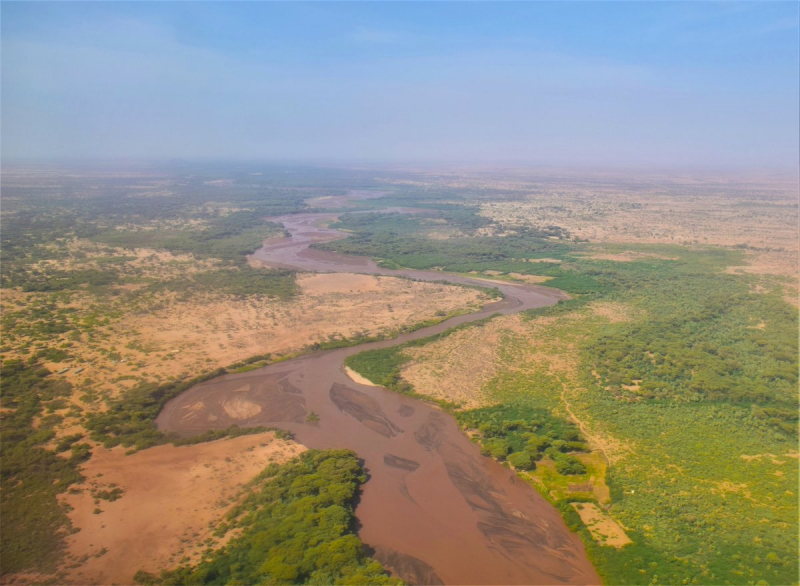
twitter.com/kenyangeography/status/1265622098682265602 -
The Nzoia River is a Kenyan river that runs for 257 kilometers and originates in the Cherangany hills. It runs through Kapsara, Springer, and Moi's Bridge before crossing into Kakamega County. It flows south, then west, eventually emptying into Lake Victoria near Port Victoria. The river has a discharge of around 118 m3/s, or 3,721 million cubic meters per year.
The river is vital to Western Kenya, as it flows through a region with a population of more than 3.5 million people. Its waters supply irrigation all year, and the annual floods that occur near Budalang'i's lowland area deposit sediment that aids in the area's good agricultural production. The river receives a lot of effluent from the paper and sugar factories in the area around the industrial region of Webuye.
The river contains several impressive waterfalls and is regarded to have high hydroelectricity generation potential. Unfortunately, the river's bottom end, which is flat and swampy, floods every year. In the Budalangi flood plains, this results in a constant humanitarian disaster.
Length: 160 miles
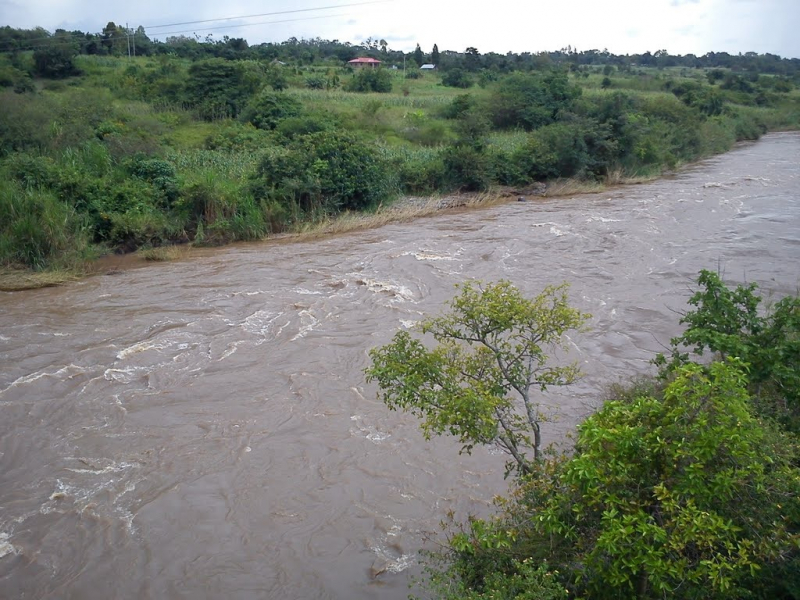
https://mapio.net/ 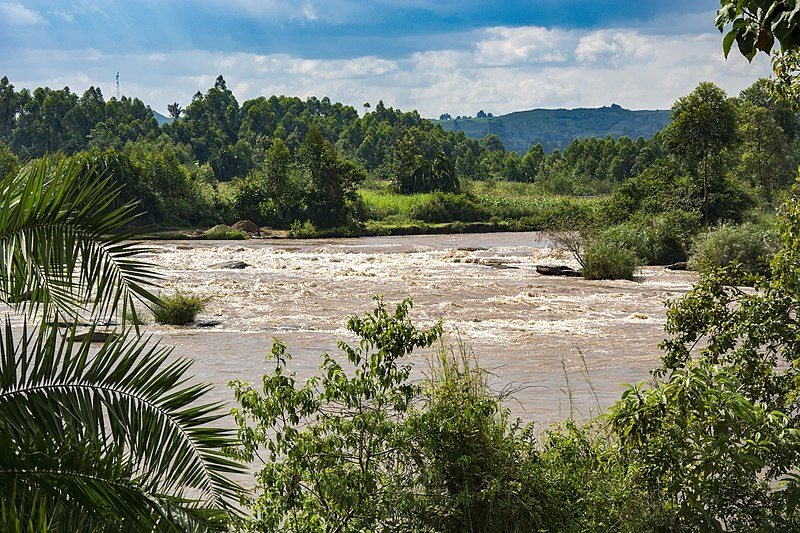
https://commons.wikimedia.org/





























